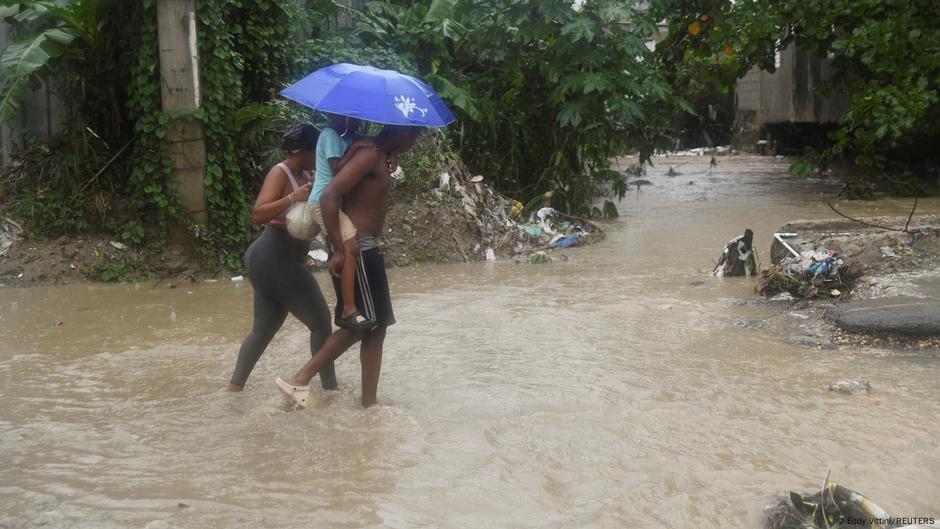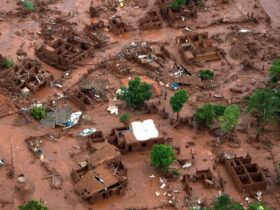Tropical Storm Melissa battered the Caribbean on Friday, with forecasters warning that it was likely to intensify into a hurricane and possibly bring widespread rain, flooding and landslides to the north of the region.
Melissa has already caused three deaths in Haiti, with two people killed in a landslide in the west of the island nation on Thursday and a third killed by a falling tree amid heavy rains earlier in the week.
A fourth person has died in the Dominican Republic, while another person is missing.
Nearly 200 homes have been destroyed in the Dominican Republic, while water supply to more than half a million people has been disrupted.
‘Catastrophic’ flood warning
According to the US National Hurricane Center (NHC), Melissa “could reach hurricane strength in Haiti and Jamaica late this weekend or early next week.”
In an update at 8:00 p.m. Eastern time (0000 Saturday GMT), the NHC said, “Melissa is expected to drop rainfall totals of 15 to 25 inches (38 to 64 centimeters) across parts of southern Hispaniola and Jamaica through Tuesday.”
According to the NHC, up to 89 centimeters of rain is possible in Haiti’s Tiburon Peninsula in the southwest.
It said “catastrophic flooding and landslides” could occur in parts of Jamaica and southern parts of both Haiti and the Dominican Republic.
Southeast Cuba is also expected to be affected and receive between 10 and 20 centimeters of rain.
Higher than normal hurricane season expected
At the time of the update, the storm was located about 290 kilometers (180 mi) southeast of Kingston, Jamaica, and about 390 kilometers (180 mi) southwest of Port-au-Prince, Haiti.
According to the NHC, it had maximum sustained winds of 100 kilometers per hour (65 mph) and was moving northwest at 6 kilometers per hour.
Melissa is the 13th named storm of the Atlantic hurricane season, which runs from June 1 to November 30.
The US National Oceanic and Atmospheric Administration (NOAA) predicts an above normal season with 13 to 18 named storms.
Scientists say that as the atmosphere warms, the intensity and frequency of such extreme weather events is increasing, largely due to human fossil-fuel use.
Edited by: Jennifer Cimino Gonzalez






Leave a Reply